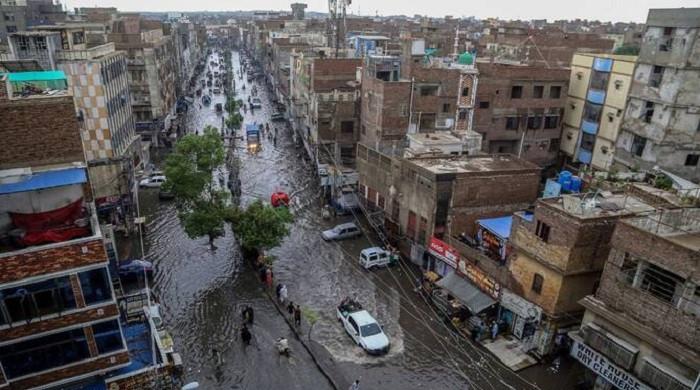Monsoon Floods Claim More Lives in Pakistan
Pakistan’s disaster management authority reported on Sunday that at least 13 additional individuals have died in rain and flood-related incidents over the previous 24 hours, as intense monsoon rains continue to impact various regions of the country.
The latest casualties have increased the total death toll to at least 216 since June 26, according to data released by the National Disaster Management Authority (NDMA).
The heavy rainfall resulted in flooding and structural collapses, with the majority of fatalities attributed to the collapse of roofs in weakened dwellings.
Twelve deaths were registered in Punjab, while one occurred in Khyber Pakhtunkhwa. According to the NDMA, the victims included four children and three women.
Punjab has reported 135 deaths, followed by KP with 42, Sindh with 21, Balochistan with 16, and Islamabad and Azad Kashmir each reporting one death.
Since the beginning of this severe weather event, 101 children have lost their lives.
The NDMA stated that the majority of deaths resulted from collapsed buildings, flash floods, lightning strikes, drowning, and mudslides.
Numerous families residing in precarious structures had minimal opportunity to escape the impact of the heavy rains.
Over 580 individuals have sustained injuries to date, with 20 injuries reported within the last day. The injured include 227 men, 163 women, and 192 children.
The statement also indicates that nearly 800 residences have been destroyed since the rains commenced, and livestock losses are mounting, with nearly 200 animals reported dead or swept away by floodwaters.
Rescue and relief operations are still in progress; however, with additional rainfall anticipated in the coming days, disaster management authorities have strongly urged residents to exercise caution, particularly in flood-prone and low-lying regions.
Monsoon rains are typical in South Asia’s climate and are vital for irrigating crops and refilling water supplies.
However, the negative consequences have intensified in recent years due to rapid urbanization, inadequate drainage infrastructure, and more frequent severe weather occurrences associated with climate change.



Comments (0)
No comments yet. Be the first to comment!
Leave a Comment